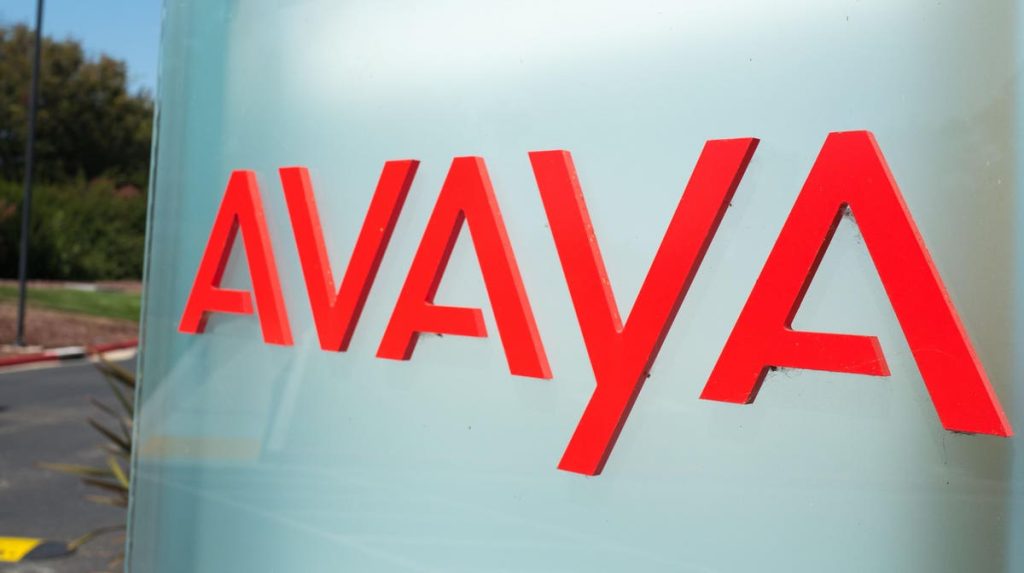While most outside of the tech industry won’t know the Avaya brand, most will have experienced its technology if you’ve contacted customer support or communicated directly with a brand for any reason. It is a multinational technology company based in the U.S. that provides communications and collaboration technologies for contact centers in 172 countries, including 90% of the Fortune 100 companies in the U.S. Its product helps give a better customer service experience for its customer’s customers.
I had the opportunity to interview Alan Masarek about the Avaya story. Specifically, we discussed what happened since he joined the company less than one year ago. The short version of the story is that he and his leadership team successfully guided the company through Chapter 11 bankruptcy, restructuring its finances and streamlining its operations. And they did this while maintaining what Masarek calls Avaya’s North Star.
In referring to that “North Star,” Masarek says, “Customer service and experience is core to who we are and for every role in the company. Our customers count on us for the communications and collaboration technology that make customer interactions not only work, but work better.” He went on to explain the four core components they focus on:
1. Culture: Everything starts with culture. Masarek wants to make Avaya a “destination place to work,” which means attracting and keeping the best talent. Once you get good people, you must keep them there. His strategy for creating a “destination place to work” includes three components. The first is a rewards and recognition program that validates an employee’s efforts and creates a sense of accomplishment. The second is to create a culture employees want to be a part of. And third is to provide an opportunity for growth. Masarek says a company’s positive reviews and ratings on glassdoor.com, where employee rate their employers, is a success criteria he looks at.
2. Product: Avaya is a technology company and must continuously innovate and improve. They created a “product roadmap” where customers can see what products are being phased out, retained and, most importantly, being developed for the future. “We must deliver innovation—the right innovation—and we have to deliver it on time and with quality,” said Masarek. “We will be successful when we are both transparent (which is why Avaya published the roadmap) and reliable. When we deliver on that commitment over time, that reliability becomes trust.”
3. Customer Delight: If your customers don’t like the experience or the product doesn’t do what it’s supposed to do, they will find another company and product that meets their needs. Masarek recognizes the importance of customer delight and has invested heavily in hearing and understanding the “Voice of the Customer,” paying attention to customer satisfaction scores and NPS (Net Promoter Scores). Masarek is emphatic about customer delight, stating, “We are in service to the customer. CX is everyone’s responsibility.” And this isn’t just lip service. Those satisfaction and NPS numbers are tied to some of the employees’ compensation plans.
4. Accountability: “We must be accountable,” Masarek says, “to one another, to the customers, and to the results. When you take care of the first three (culture, product and customer delight), this fourth one becomes much easier to achieve.”
While sharing the entire story in a short article is impossible, you can see the overarching strategies and thinking behind Masarek’s leadership and Avaya’s success. And here’s my observation: It’s not complicated!
If you look at the four core components Avaya focuses on, you might say, “There’s nothing new here,” but don’t let simplicity, or that these seem like common sense, get in the way of incorporating them into your strategy. In good times and bad, focusing on culture, product, customer delight and accountability/results are the undeniable strategies that drive success.
Read the full article here










